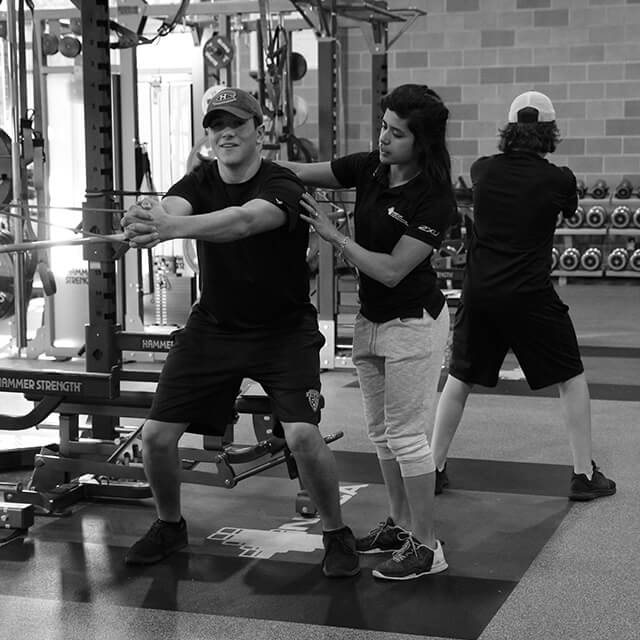NSCA Position Statements
Position statements are official statements of the NSCA on topics related to strength and conditioning and exercise science. All NSCA Position Statements are published in the Journal of Strength and Conditioning Research® and free to the public.
Resistance Training for Older Adults
The benefits of resistance training are almost overwhelming, however, too few older adults participate in resistance training, largely because of fear, confusion, and lack of consensus to guide implementation. It is the hope that this position statement may have a positive impact addressing these issues and on empowering healthier aging.

Safe Return to Training Guidelines
The consensus guidelines provide strength and conditioning coaches with a clear framework for safe and effective program design in the first 2—4 weeks following periods of inactivity or return from EHI or ER.
Long-Term Athletic Development
There has recently been a growing interest in long-term athletic development for youth. Because of their unique physical, psychological, and social differences, children and adolescents should engage in appropriately prescribed exercise programs that promote physical development to prevent injury and enhance fitness behaviors that can be retained later in life.

Androgen and Human Growth Hormone Use
The use of anabolic drugs to enhance athletic performance has become a major concern for professional sport organizations, sport governing bodies, and the federal government. It is the belief of the NSCA that through education and research we can mitigate the abuse of androgens and hGH by athletes.

Youth Resistance Training
The purpose of the present report is to update and clarify the 1996 recommendations on 4 major areas of importance. These topics include (a) the potential risks and concerns associated with youth resistance training, (b) the potential health and fitness benefits of youth resistance training, (c) the types and amount of resistance training needed by healthy children and adolescents, and (d) program design considerations for optimizing long-term training adaptations.
Download Position Statement (PDF)

- Privacy Policy
- Terms of Use
- Retraction and Correction Policy
- © 2024 National Strength and Conditioning Association
